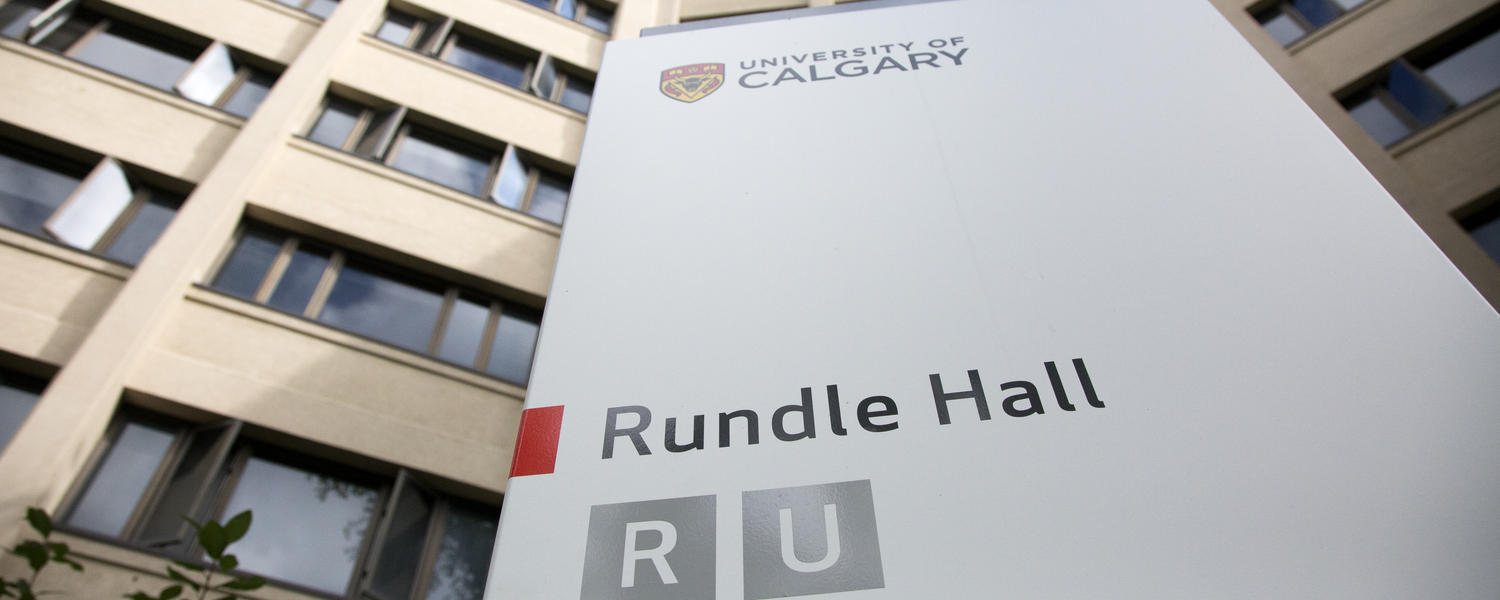
Rundle Affordable Housing Case study
Overview:
Sustainable Development Goal 17: Sustainable Cities and Communities, asks us to create a more sustainable infrastructure to improve the quality of life of those living within society. Having access to affordable housing, including for students, is a large part of that. This engineering capstone project sought to redesign the housing located at Rundle Manor, as the current development is scheduled to be decommissioned by the end of 2021. This project aimed to incorporate the three pillars of sustainability by looking at reduced carbon emissions and electricity usage, while considering economic costs, and potential payback periods. This project was presented at the Engineering Design Fair on April 13 2021, as a way to showcase creative solutions to industry problems.
Outcomes:
This capstone project involved an assessment of the Rundle’s project requirements, current design, and budgetary/site constraints. Sustainable objectives were identified such as: energy performance towards net zero energy and net zero carbon, storm water and rainwater management, embodied carbon in construction materials, long-term durability, social impact and occupant well-being, and ease of Operation & Maintenance. The proposed design from the engineering capstone group meets the City of Calgary’s sustainable building policy and other Canadian Mortgage and Housing (CMHC) investment funding requirements. The project was able to meet the necessary requirements as well as real world constraints by utilizing a life-cycle cost benefit analysis. The design of the building also falls under Leadership in Energy and Environmental Deign (LEED) certification. One of the key learnings for this project was that there is a balance between capital and long-term savings and the payback periods of different design options to determine whether there is a benefit.
Next Steps:
Next steps for this project would be to see the final build of the Rundle Affordable housing project. As well, procuring more literature for designing energy efficient buildings in cold climates like Calgary, to better optimize the design. A more detailed look into a structural analyses and full cost would help flush out the details of this project and help determine the affordability. With the success of this project, it will hopefully pave the way for more sustainable projects for engineering undergraduates, as well as more classes and options for students interested in sustainable design. Other questions still left to be explored are: “would the design be within an acceptable budget for the project?” and perhaps, “if commissioned, how would the expected energy outputs compare to our calculations?”
